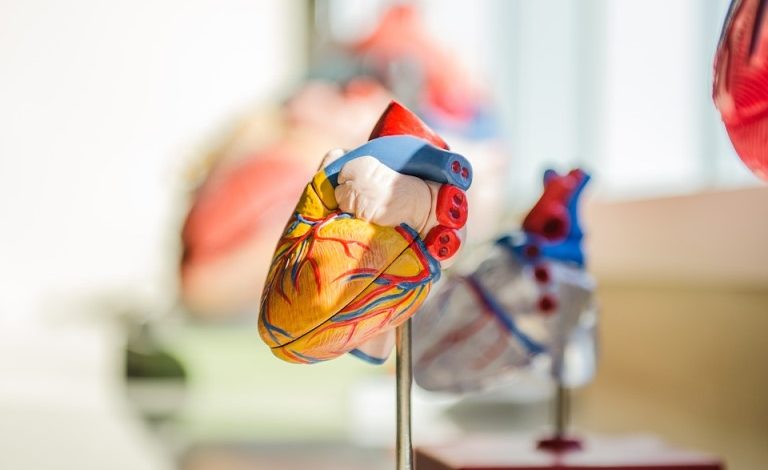Abbott announces US, European approvals for new tech for abnormal heart rhythms

Abbott’s TactiFlex catheter is now available in Europe, Africa, Japan and Australia
Abbott announced two approvals as part of its growing suite of electrophysiology products in the global market. The company’s TactiFlex Ablation Catheter, Sensor Enabled, the world’s only ablation catheter with a flexible tip and contact force sensing, received CE Mark for treating people with abnormal heart rhythms like atrial fibrillation (AFib). Abbott’s FlexAbility Ablation Catheter, Sensor Enabled also recently secured an expanded indication for treating patients with a complex heart condition by the US Food and Drug Administration (FDA).
Abbott received CE Mark of the TactiFlex Ablation Catheter, Sensor Enabled (SE), the world’s first ablation catheter designed with a unique flexible tip and contact force sensing, proven to reduce procedure times and patients’ exposure to radiation compared to standard power ablation. When integrated with Abbott’s EnSite X EP System, which allows physicians to accurately identify areas in the heart that require an ablation treatment, the TactiFlex catheter can deliver high power while more easily adapting to the heart tissue compared to conventional catheters. The TactiFlex catheter can also result in reduced procedure times when compared to the company’s previous-generation catheters.
The European launch of TactiFlex is the latest within Abbott’s portfolio of electrophysiology solutions designed to better treat arrhythmias – especially around AFib, the most common arrhythmia that is a growing epidemic affecting 37 million people worldwide. Initial cases leveraging TactiFlex occurred in the UK and Germany.
“When we treat complex ablation cases for people battling arrhythmias, we want to eliminate the arrhythmia and get our patients back to living their lives,” said Isabel Deisenhofer, Professor, Head of the department of Electrophysiology at the German Heart Centre Munich in Germany.
“The TactiFlex catheter’s data around using high-power during ablation will be game-changing for patients. When you combine these tools with Abbott’s EnSite X EP System, the innovation is truly opening new doors in patient care.”
Physicians can perform an ablation to treat arrhythmias, in which long flexible tools—called catheters—are inserted into the heart to study and treat the arrhythmia. The catheters deliver radiofrequency (RF) energy to disrupt the tissue in the heart responsible for creating abnormal heart rhythm.
Abbott’s TactiFlex catheter uses a tip design with a laser-cut pattern that flexes when in contact with the heart wall to direct irrigation flow to the treated tissue and to increase catheter stability by up to two times for consistent therapy delivery.
The catheter generated strong clinical outcomes in the TactiFlex AF IDE study for its treatment using high-power ablation (between 40 and 50 Watts). The study showed the catheter created fast, safe lesions to treat the patient’s arrhythmia for the first time with over 99 per cent acute procedural success.
Abbott’s TactiFlex catheter is now available in Europe, Africa, Japan and Australia. It is currently undergoing FDA review for pre-market approval.
The company also received FDA approval for an expanded indication of its FlexAbility Ablation Catheter, Sensor Enabled (SE), a flexible tip catheter that helps physicians identify abnormal signals and apply therapy to treat a complex heart condition known as ventricular tachycardia (VT) in patients with non-ischemic cardiomyopathy (NICM). NICM is a type of heart muscle disease that prevents the heart from pumping blood effectively. This is associated with VT, a fast heart rhythm that can lead to cardiac arrest if untreated. Procedures to treat these patients are considered complex due to the nature of the disease itself and the need to treat both the inside and outside surfaces of the heart.
Abbott’s LESS-VT study was the first FDA-approved pre-market trial to study the safety and effectiveness of ablation for the treatment of VT with NICM origin. Once treated with the FlexAbility Ablation Catheter, SE, 80 per cent of study patients were free from VT for at least six months post-procedure. The data also showed statistically significant improvements in patients’ mental and physical quality-of-life measures.




